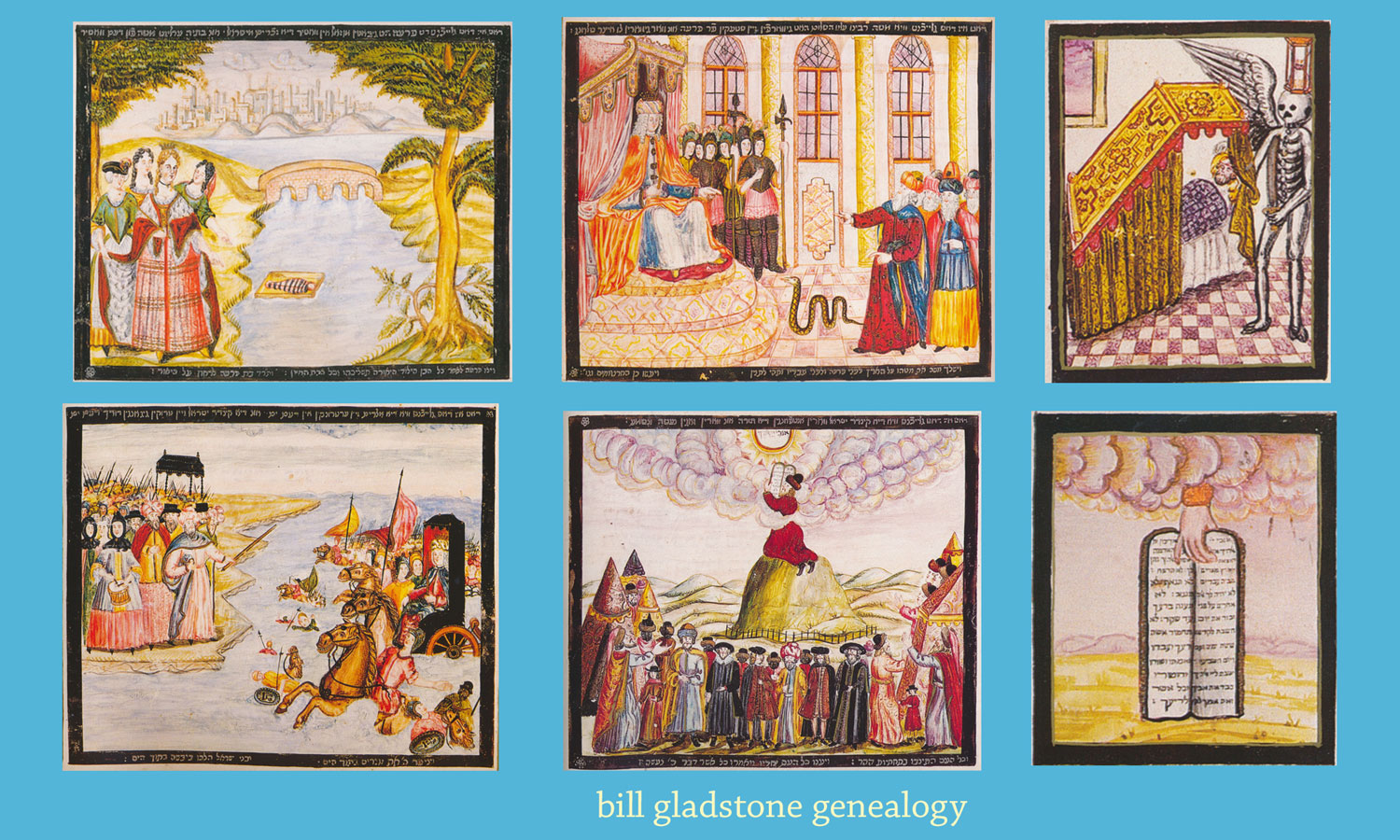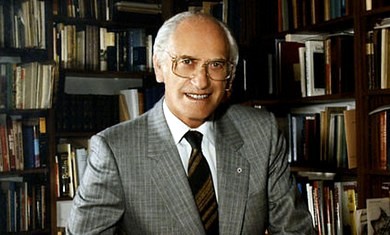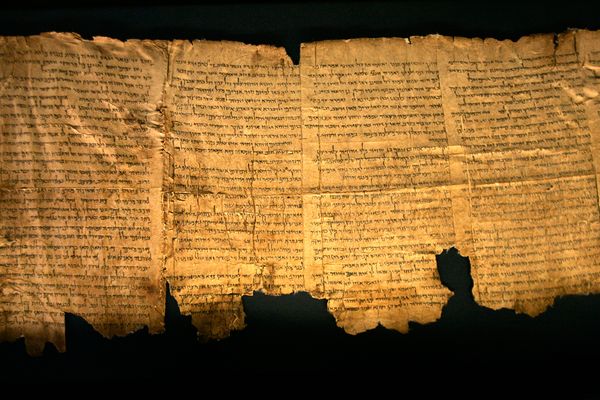Dr. Joel Hecker, who for more than a decade has been an associate professor at the Reconstructionist Rabbinical College in the Philadelphia area, visited his home town of Toronto recently to lecture on his book, Mystical Bodies, Mystical Meals: Eating and Embodiment in Medieval Kabbalah, an erudite study published by an American university press in 2005.
Hecker spoke to congregants of the Lodzer Center in the Sheppard-Bathurst area recently during a Shabbaton convened in his honour. The next day he also spoke with The CJN at a local kosher restaurant — which seemed fitting, since his book, a revision of his doctoral thesis that took him five years to write, focuses on the meaning of food and the act of eating in medieval kabbalah.
The kabbalists of 13th-century Spain “were interested in having contact with divinity,” Hecker explained, “and they saw the commandments and rituals of Jewish law as providing media for living contact with God.”
The kabbalists “had a mystical understanding that the Torah is not just dictated by God but is rather, from God’s own being,” he continued. “To use an example that might get me into trouble, it’s almost as though, with the kabbalists, God was on the [psychoanalytical] couch for 40 years and what Moshe scribbled down was not just narratives and laws, but the very substance of divine life itself.”
The Zohar, the central work of kabbalic mysticism attributed to Shimon bar Yochai or Moses de Leon, “attempts to decode the Torah as well as rabbinical midrashim, as a means to decode what’s going on in God’s inner life,” Hecker said.
“What that means is that there’s a completely different attitude towards the Torah, which is seen not only as a book that tells us stuff but also as a manifestation of divinity.”
All of the familiar rituals of Shabbat — lighting candles, making kiddush with an upraised kiddish cup, holding two challah loaves together, putting salt on the bread — were invested by the kabbalists with special meaning that drew them closer to God’s holiness, he said. “Each one of these rituals is more than just following divine law or rabbinical law — each one now becomes an interaction with holiness and divinity itself.”
Every element of the Shabbos table, right down to the white tablecloth, is laden with deep symbolic meaning that is meant to invoke God’s holiness and bring it down to earth. The kabbalists associated elements of these rituals with various of the 10 “sefirot” that are said to be aspects of the inner workings of God, Hecker said as he explained each of the following elements in turn.
Lighting Shabbos candles: “The two candles correspond to zachor and shamor, which in turn correspond to tiferet and shechinah, which are the masculine and feminine aspects of God.”
Washing the hands: “When we raise up our fingers for the blessing of the washing of hands, we are directing the 10 potencies that are within us towards the 10 sefirot.”
The two challah loaves: “They are the representation of tiferet and shechinah. So when we bring them together, we are the shadchanim, the matchmakers for God, and we are bringing love — bringing together masculine and feminine, and in erotic terms, that’s love — into the cosmos.”
The white tablecloth: “We have a white tablecloth because the table is a symbol for the shechinah and this is her wedding. That’s the theme of the Shabbos song, Lecha Dodi. But it’s not just tiferet or the masculine aspect of divinity that is marrying her, but the male kabbalists as well. The very physical approach of this white tablecloth, and sitting at this table, is an act of union with the shechinah.”
The table as altar: “The table serving as an altar is an idea that’s already instituted by the rabbis of the Talmud. The idea is to imitate and replicate Temple practices in the home. That’s why salt is put on the bread and hands are washed for the Ha-moitsee. Even before the Temple was destroyed, the Pharisees had instituted some of these practices. But once the Temple was destroyed, they took on more significance and there was a movement to create the home as a Temple in miniature.”
Hecker readily acknowledged the similarity between some of these Jewish practices and what might be regarded as their counterparts within Christianity.
“If you’re going to say the challah is the shechinah, and then you’re going to eat it — I would say there are similarities [with Christianity],” he said.
“The main difference is that the kabbalists didn’t have to deal with a God who is actually incarnate. There was never a tradition or belief that God had actually walked on this earth; their relationship to the symbolism was never entirely literal. . . . . In Judaism there is no doctrine of transubstantiation.”
Naturally, the Bircat Hamazon, or blessings over the meal, is also infused with kabbalistic meaning, Hecker said. “It’s composed of four blessings that correspond to the four letters of the Tetragrammaton. The point is that one is trying to draw God’s blessing down. We’re sending our prayers up and trying to draw God’s blessing down into our world.”
Mystical Bodies, Mystical Meals: Eating and Embodiment in Medieval Kabbalah, by Joel Hecker, was published by Wayne State University Press of Detroit. The book is available through Jewish bookstores or via the website http://wsupress.wayne.edu ♦
© 2007






